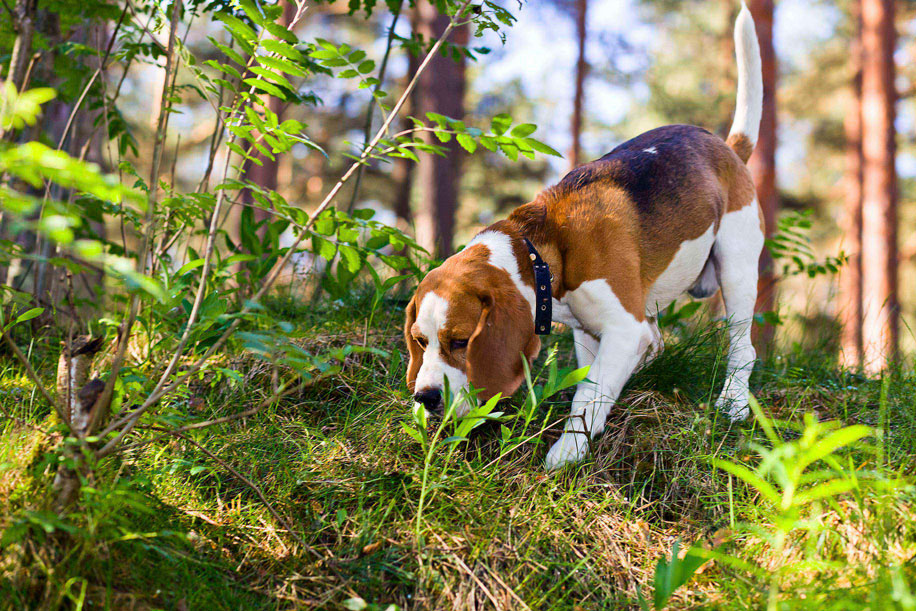Chapter 51. Sense of Smell
Learning Objectives

Describe the sequence of events that allows a person to smell an odor.
Review
Review
Select the NEXT button to continue with the Review.

1. How do we smell the odors around us? Many substances, especially foods, release molecules into the air. The act of breathing draws these molecules into our nostrils, where they stimulate olfactory receptor cells located high in the nasal cavity.
Review
Review
Select the NEXT button to continue with the Review.

2. The axons from these olfactory receptor cells travel through small openings in the bone that divides the nasal cavity from the brain. They enter the olfactory bulb, where the signals from many receptor cells converge to create messages that can be carried to the olfactory cortex in the brain.
Review
Review
Select the NEXT button to continue with the Review.

3. Humans have several hundred different types of olfactory receptor cells, and the brain combines the messages from these cells to detect about 10,000 different odors. There is no specific odor for “spaghetti” or any other food. Instead, each recognizable odor represents a specific profile of many olfactory cells responding simultaneously.
Review
Review
Select the NEXT button to continue with the Review.

4. Although human olfaction (sense of smell) is impressive, most animals are much more sensitive to odors. Each human olfactory receptor cell is about as good as a single cell from animals with a superior sense of smell. But, those animals have many more receptors, with a larger portion of their brains dedicated to analyzing smells.
Practice: Detecting and Identifying Odors
Practice: Detecting and Identifying Odors
Play the animation to watch the sequence of events that allow this person to smell the flower.

Quiz 1
Quiz 1
Drag each event to arrange the events in the proper sequence. After all the events have been placed, select the CHECK ANSWER button.
Quiz 2
Quiz 2
For each statement, select one of the buttons to indicate whether the statement is True or False. When a response has been placed for all statements, select the CHECK ANSWER button.
| True | False | |
|---|---|---|
The sense of smell is called olfaction. |
||
The olfactory bulb is located near the tip of the nose. |
||
The olfactory receptor cells detect the various molecules in the air we breathe. |
Conclusion

Sense of Smell